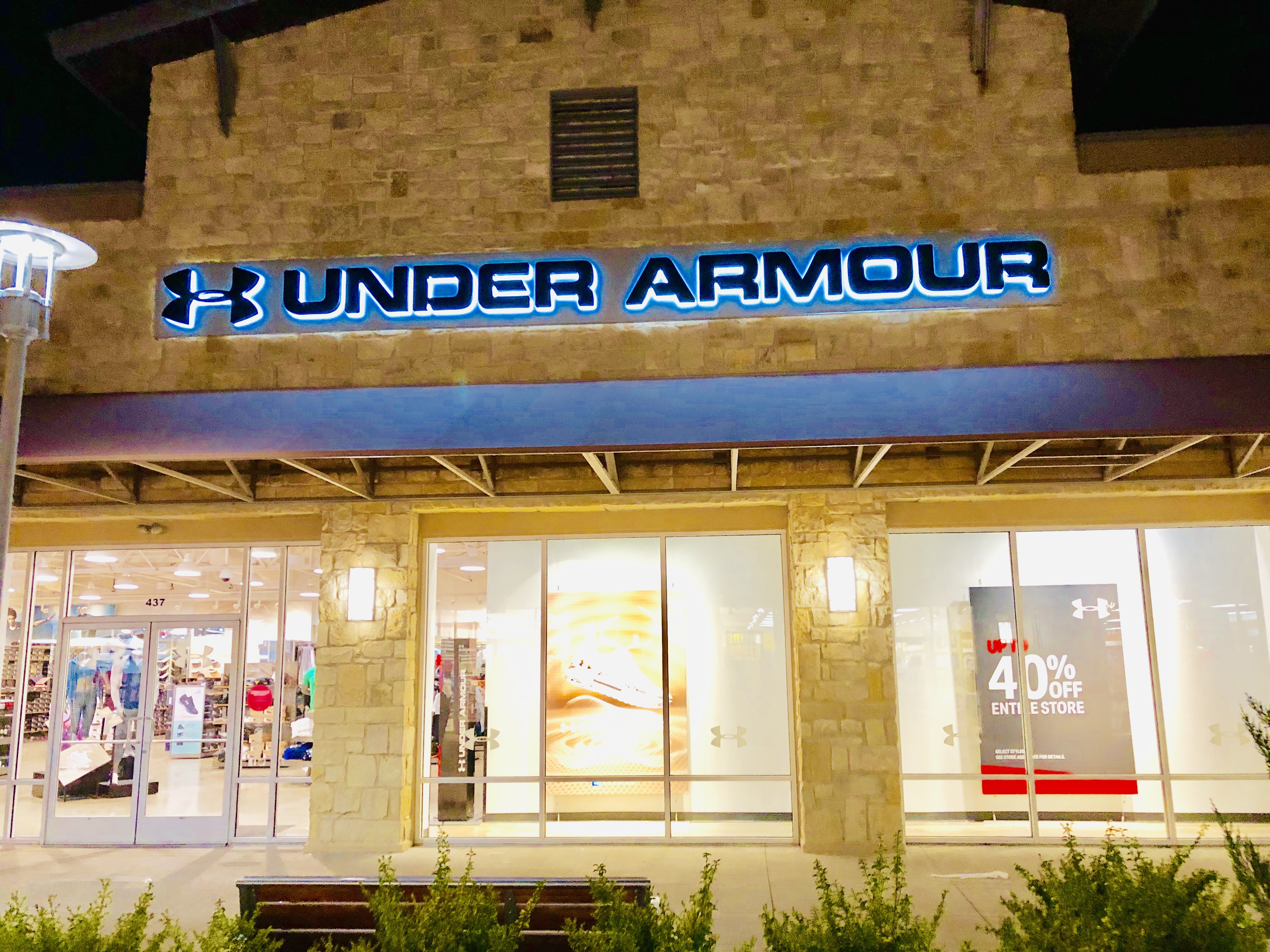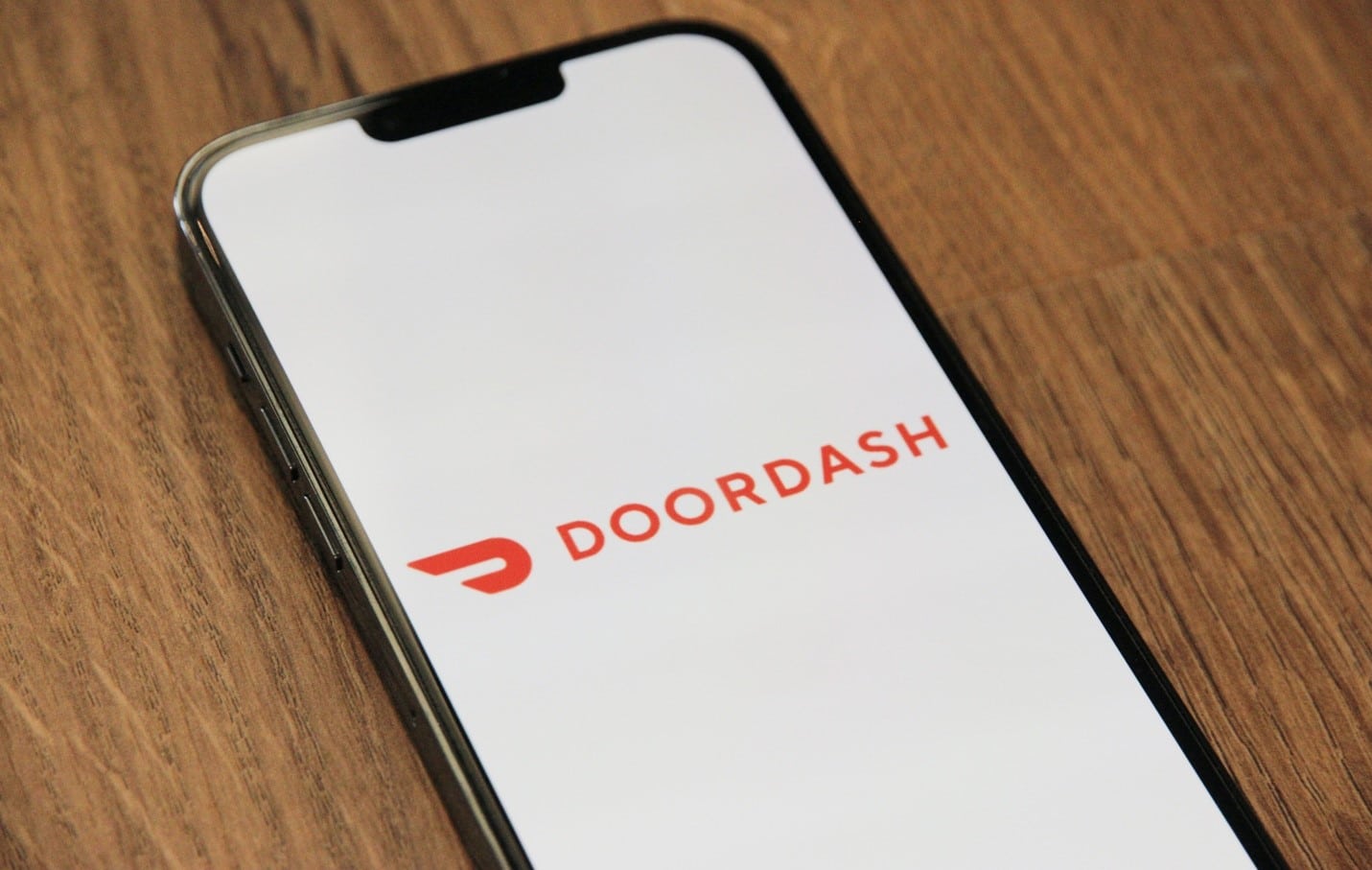Company: Sears Holding, Corp.
CEO: Mohsin Y. Meghji
Founder: Alvah Curtis Roebuck, Richard Warren Sears, Julius Rosenwald
Year founded: 1893
Headquarters: Hoffman Estates, Illinois, United States
Employees (Dec 2019): 89,000
Ticker Symbol: SHLD
Type: Public
Annual Revenue (FY2019): US$13.2 Billion
Profit | Net income (FY2019): US$1.7 Billion
Products & Services: Consumer Electronics | Seasonal Merchandise | Outdoor Living | Toys | Lawn and Garden Equipment | Food and Consumables | Apparel | Specialty Stores | Commercial Sales | Home Services.
Competitors: Walmart | Amazon | Macy’s | JC Penney | Home Depot | Lowe’s | Best Buy | Target | Dillard’s | Mercuries & Associates | Home Retail Group
Fun Fact: During the Great Depression, everyone was required to carry practical and inexpensive everyday items such as towels and socks. This requirement not only kept Sears afloat during the economic turmoil but also enabled it to double the number of stores by the end of the Depression.
Sears has actively engaged in the retail sector for over 125 years and revolutionized the industry in more ways than one. In recent years, the iconic retailer has faced numerous challenges and continues to struggle in the technologically driven marketplace. For you to succeed in business, you need insight into the good, the bad, and the ugly. This is where Sears SWOT analysis comes in handy.
Here is the Sears SWOT analysis.
Sears’ Strengths
- Recognized Brand: With 125 years in the retail industry, Sears is synonymous with appliances. It is a household name and the go-to retailer for great bargains on quality brands like Kenmore. Sears is a highly recognized brand.
- High Quality: While most products offered by Sears lacked the flash and creative beauty, they are high quality and designed to last longer than other alternatives. This is why consumers still made their way back to Sears despite its shortcomings.
- Effective Niching: Companies that focus primarily on what they are good at are more successful than those operating as Jacks-of-all-trades. Sears understands appliances and other consumer products. Therefore, it niched down its target market by offering consumer products.
- Strategic Mergers: Sears’ merger with Kmart combined two fading giants to attain a stronger and competitive retailer. The merger increased its competitiveness and locations to more than 3,500 and brought together Craftsman tools offered by Sears and Kmart’s Martha Stewart Everyday home goods.
- Wide Variety: From refrigerators to cookers, apparel, shoes, sporting goods, home improvement, washers, dryers, and many more, Sears offers the widest variety under one roof. It is a one-stop-shop for anyone seeking anything within the category of consumer products.
- Strong Distribution Network: Robust distribution network ensures timely delivery of customers’ orders without damage or losses along the way. Sears’ Innovel Solutions exploited automation technologies to ensure smooth and reliable delivery and logistics for appliances
Sears’ Weaknesses
- Mismatched Leadership: At the turn of the 21st century, consumers’ behavior began changing rapidly with the introduction of new technologies. Instead of changing to meet the new reality, Sears’ CEO Eddie Lampert adopted ineffective strategies based on his expertise in hedge fund management. Running the retailer like a hedge fund marked the start of Sears’ downfall.
- Excessive Cost-Cutting: The adage ‘you have to spend to earn’ is lost to Sears completely. The company cut costs excessively until earnings began to drop. In 2017, Sears was spending around 91 cents on upgrades per square foot, while a competitor like Best Buy spent $15.36 on the same level of store enhancements per square foot.
- Delayed eCommerce Adoption: Even though Sears invented at-home shopping and was dominant for decades, it squandered an opportunity to become the leader in online sales just like Amazon. By the time it started adopting eCommerce, it was way too late.
- Low Investment in Rebuilding: Long-term sustainability requires huge investment in mission-critical infrastructure and systems. Sears poorly managed its assets by selling underperforming stores along with their real estate and locations to stay afloat instead of rebuilding the company.
- Quick Diversification: Diversifying offerings too quickly can disorient customers. Sears catered mostly to men engaged in DIY home improvements using the company’s DieHard, Craftsman, and Kenmore brands. It diversified too quickly to include products for female shoppers but didn’t mix well with the core offerings.
- Merging with Kmart: Even though its merger with Kmart helped Sears to grow its size, market presence, and dominance, the large size became unmanageable. Sears was forced to scale down to stay afloat and reduced the number of stores from 3500 in 2010 to only 182 in 2020.
Sears’ Opportunities
- Focus on Exploiting eCommerce: The number of online shoppers is increasing rapidly. Sears still has an opportunity to exploit eCommerce to catalyze its resurrection and growth.
- Expand into Emerging Markets: It is clear that Sears is struggling in the highly competitive US market. The company can expand into less competitive markets and rebuild to attain a competitive edge to succeed in the US. Unsaturated markets in emerging economies would be perfect for Sears.
- Target Younger Generations: Millenials and Gen-Z are taking over the consumer market, yet Sears is more focused on targeting older generations. The retailer has immense potential for growth if it targets younger generations more effectively.
- Refocus on Appliances: Sears can eliminate some of the challenges it is facing by refocusing on appliances. It can open smaller stores focused solely on appliances to reduce dependence on apparel. The potential for growth via appliances has increased since J.C. Penney announced it is pulling out of the appliance business to focus on apparel.
Sears’ Threats
- Looming Recession: The pandemic has devastated economies and catalyzed a global recession. Sears is too weak and ill-equipped to survive a major economic crisis. The looming recession is undoubtedly the biggest threat bearing down towards Sears.
- Intense Competition: From appliances to apparel and home improvement products, Sears is facing stiff competition from all corners. With strong competitors like Best Buy, Home Depot, Lowe’s, and many others, Sears always under threat.
- Rising Costs: From rising prices of raw material to costly labor and the increase of operation costs, each additional dollar will make it harder for Sears to rise to its former glory.
- Trade Tensions: Trump’s America First policy, increasing isolationism, and tit-for-tat tariffs have increased tensions in the global market. Trade tensions threaten Sears’ profitability since it relies on supplies like Electrolux who operate from outside the US.
- Increase in Counterfeits: In the past few years, there has been an increase in imitations and counterfeiting of electronics, apparel, and so on. The products offered by Sears are among the most targeted by counterfeiters, which makes the retailer highly susceptible to counterfeiting.
References
- Janeway, K. (2018, October 15). How Sears’ Bankruptcy Filing Affects Consumers. Consumer Reports
- McArdle, M. (2018, October 15). The Best Sears Product Came with 126-year Warranty. The Washington Post
- Deleventhal, S. (2019, July 1). Who Killed Sears? Fifty Years on the Road to Ruin. Investopedia
- Thomas, L. (2019, May 24). Sears pins its future on small stores selling appliances, mattresses. CNBC
- Ogundimu, A. J. (2018, September 24). The Fall of Sears: A Failure to Adapt to Changing Retail Trends. CB4 Spotlight
- Springer, J. (2020, March 18). Costco Buys Sears Delivery Firm for $1B. Winsight Grocery Business
- Isidore, C. (2018, February 12). Here’s what’s killing Sears. CNN Money
- Hirsch, L., and Lauren Thomas (2018, October 11). Here are 5 things Sears got wrong that sped its fall. CNBC
- Wahba, P. (2019, May 20). Sears Could’ve Been Amazon. Here’s How It Blew Its Chances. Fortune
- Wahba, P. (2019, May 20). Sears’ seven decades of self-destruction. Fortune
- Nina Zipkin, N. (2018, October 15). 13 Surprising Facts About Sears, Which Just Declared Bankruptcy. Entrepreneur
- McDowell, E. (2020, January 24). The rise and fall of Sears, once the largest and most powerful retailer in the world. Business Insider
- Wahba, P. (2019, January 8). Sears’ Implosion Proves You Can’t Neglect Stores Even in the Amazon Era. Fortune
- Schoen, J. W. (2018, October 15). This map shows all the locations Sears once operated and what it has left today. CNBC
- Joe, M. (2018, March 22). Making Sears Relevant to Millennials. Chain Store Age
- Anderson, G. (2019, February 13). Will the new plan for Sears work any better than the previous ones? Retail Wire
- Isidore, C. (2020, May 20). Sears’ Survival Is In Doubt. CBS Boston
- Wahba, P. (2019, January 17). Sears Lives to Fight Another Day But Will Need a Miracle. Fortune
- Wolf, A. (2018, October 26). Electrolux Cites Sears & Trump Tariffs For Price Hikes. Twice
- DiNapoli, J. (2019, January 10). Sears chairman confirms a new $5 billion bid to save the bankrupt retailer. Reuters
- Ganda, S. (2020, February 11). Welcome to the Era of Fake Products. The New York Times
- Featured Image by Gautam Krishnan on Unsplash
Tell us what you think? Did you find this article interesting?
Share your thoughts and experiences in the comments section below.












Add comment